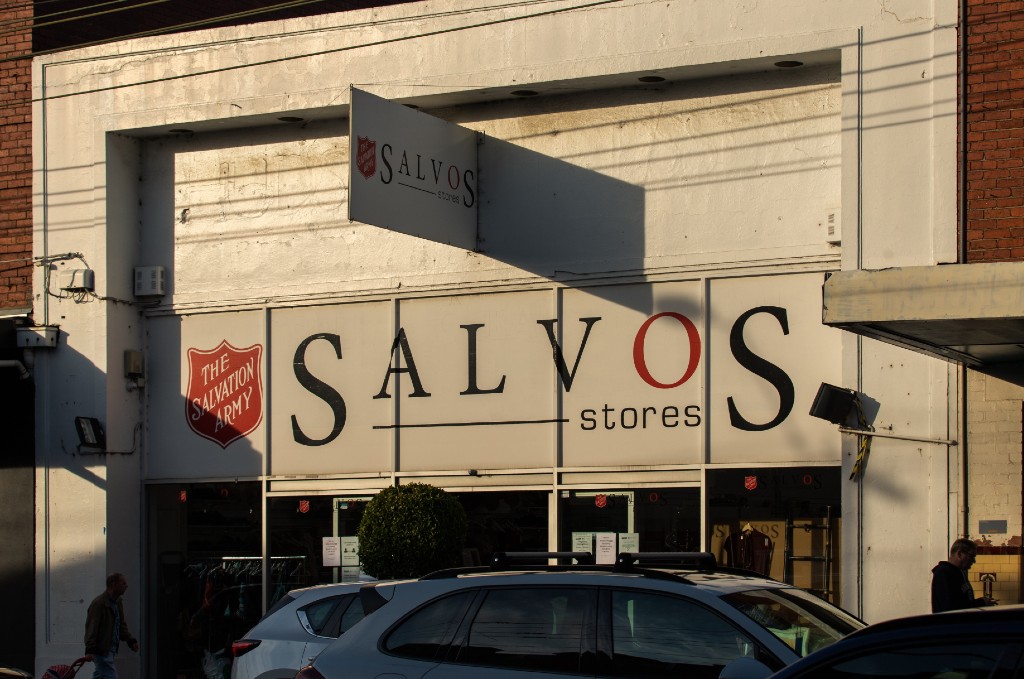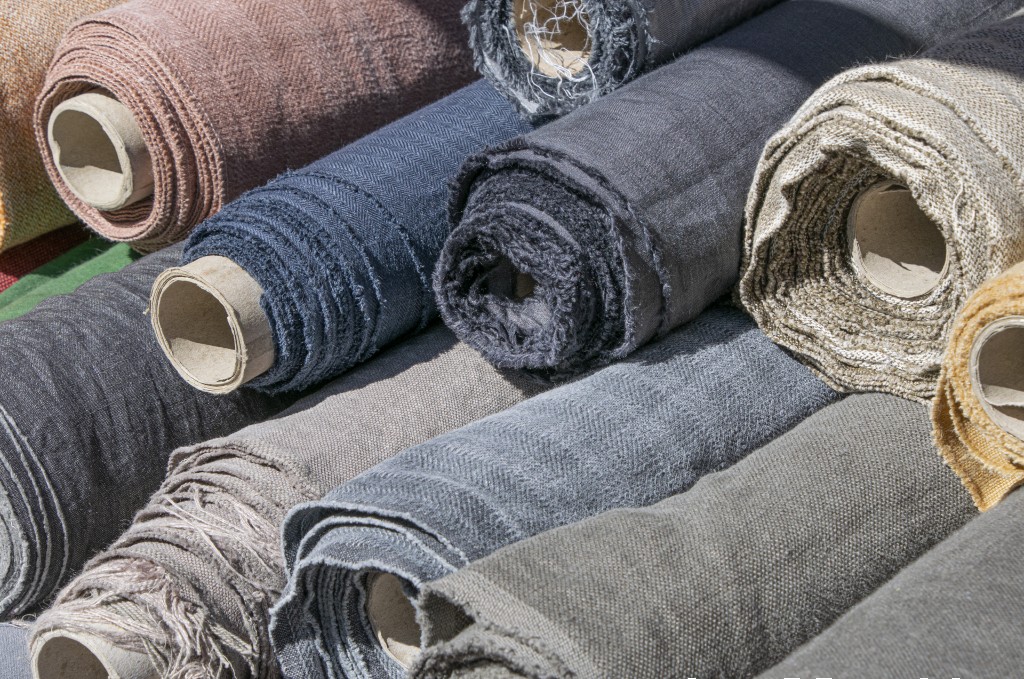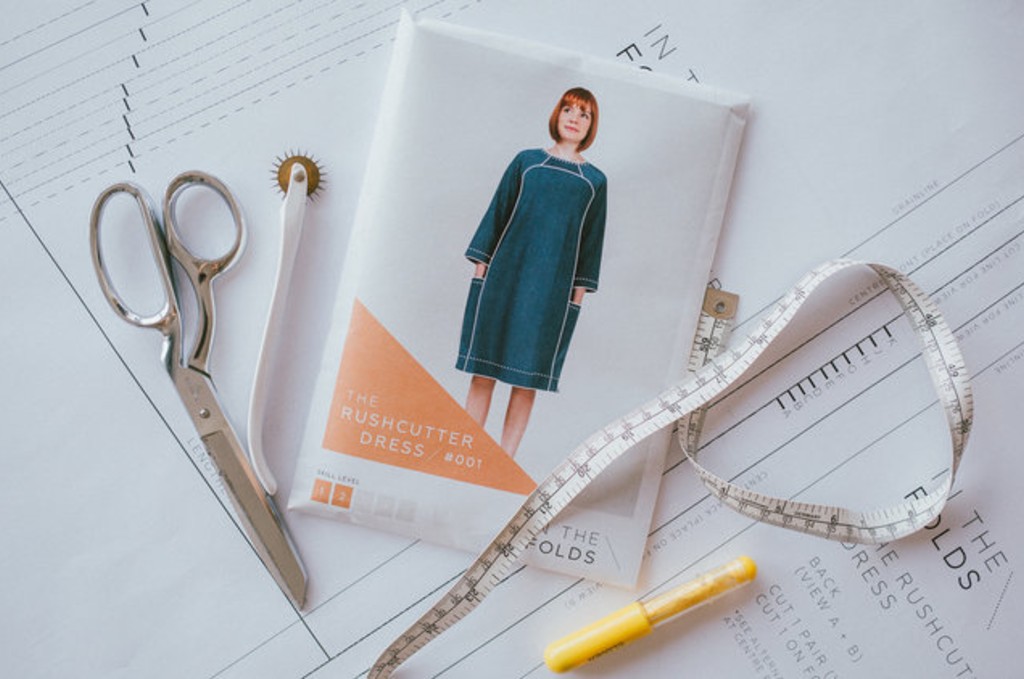So you’ve decided to sew your own clothes at home as a sweet way to save money on some epic threads.
Think again.
Sewing can be a surprisingly expensive hobby by the time you establish your hardware (sewing machine, overlocker if you’re serious, cutting mats, scissors, threads, etc), purchase patterns and source your fabrics. But like any hobby, there’s ways to do it on the cheap, and you can definitely be thrifty in your sewing escapades. These are our hacks for saving money on your sewing projects.
Start small
It’s easy to get swept up in the glamour of having all of the sewing gear. But it’s really not necessary. You can easily sew sturdy, beautiful garments with a sewing machine, fabric and thread. Avoid buying an overlocker by purchasing a good quality sewing machine (ie. Brother, Singer, Janome) that does a variety of stitches including a zig zag for your edges. A good pair of scissors is also helpful, but other than that, you can be a minimalist sewer without taking a hit to the quality of your garments.
Be thrifty
Op shops and vintage stores are a trove of leftover and second hand fabrics. As with all second hand stores it’s a bit hit and miss, but if you keep an eye out on your regular trips to the op shops, you’ll be sure to collect a stash of quality fabrics for your projects. Also, be creative – no reason why a second hand tablecloth can’t be a dress, right? If you’re lucky you’ll also find an assortment of threads, cutting mats and other sewing accessories.
Tip: You can also pick up near-new sewing machines and overlockers on Gumtree and Facebook Marketplace for a fraction of what you would pay new.
Only buy what you need
There’s nothing worse than a nasty surprise at a fabric store when you realise you’ve just cut two metres of $50 p/m fabric. Yep, it adds up quickly. If you’re buying a beautiful fabric for your project, you can reduce the cost at the register by only purchasing what you need. Sewing patterns aren’t the best at giving you this detail (generally it’s the same amount for a range of sizes) so you can measure it yourself at home once you’ve cut out the pattern pieces to get it down to the closest quarter metre. You’ll be surprised how much you can save.
Tip: If your project needs bias binding – try to buy the premade stuff by the metre to save yourself the extra meterage in fabric.
Buy fabric on sale
It’s always the case that when you need something, it’s not on sale, or you just miss it. Have a little fund set aside for your sewing projects so you can splurge when it’s economical. Most fabric stores have sales even on their beautiful fabrics like linens, merino and branded fabrics such as Liberty of London.
Don’t waste the good stuff
All hand made garments are special, but when you’re making it yourself with really nice fabric, it’s extra spesh. So if it’s the first time you’ve made that pattern, you don’t want to waste your $100+ of fabric. Practising your first go on a sheet or cheaper fabric like calico or plain cotton will ensure you don’t waste your fabric. This is called a toile and can also be used to make adjustments to your size so you perfect your final piece. You can grab undyed calico for $2.50 a metre at spotlight.
Be a collector
If you’re keen to get a little stash of your own beautiful fabrics going, you can bag yourself a bargain from the remnant bins at fabric stores. These are the leftover fabrics that were at the end of the roll or were cut for someone else and returned or not purchased. They’re usually around a metre or sometimes a half metre, but definitely worth buying and keeping for a rainy day. The remnant bin at The Fabric Store is especially fab.
Your own leftover fabrics from your sewing projects can also be kept and repurposed. Offcuts are great for your garment linings, pockets, binding or even patchwork projects. It’s a great way to make your fabric go further and save money on how much fabric you need in your project.
Share patterns with friends
Another sewing expense that adds up is patterns. You can buy them in store or online but then there’s a printing expense as well – which is usually $10-$15 for a couple of A0 sheets at Officeworks. Save some dollars by going halves on a pattern and sharing with friends. If you’re different sizes, cut the bigger size first and then recut the pattern.
Ready to start sewing? Check out these pattern makers making beginner friendly and fashionable sewing patterns.






